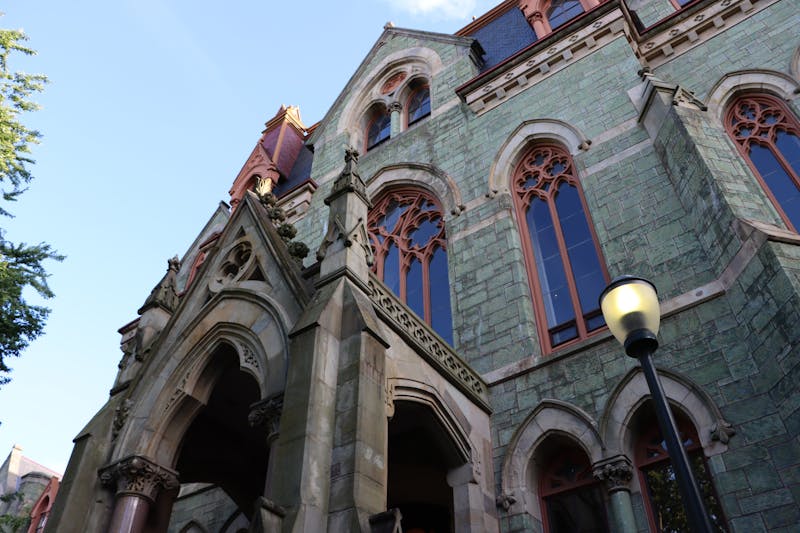Penn can now move closer to making its plans for eastward expansion of the campus a reality, thanks to the Postal Service's recent decision to relocate its existing 30th Street facility to Southwest Philadelphia. The Postal Service Board of Governors Monday announced plans to construct a new two-story $289.2 million Processing and Distribution Center between Suffolk Avenue and 72nd Street, replacing the current facility, according to a news release. The move to the new location, scheduled to take place in 2006, will free up land that Penn has been pursuing for years as part of its efforts to enlarge its campus. The site includes two already existing buildings -- a main post office across from 30th Street Station and a postal annex next door -- in addition to a 350-car parking garage and 14 additional acres of land, University spokeswoman Lori Doyle said. In June, the University Board of Trustees authorized the spending of $50.6 million and continued negotiations for the purchase, and while a final agreement has not yet been reached with the Postal Service, Doyle said one is expected this fall. At that point, the University will make a five percent deposit on the purchase. Full acquisition and development of the land will not take place until January of 2007. Cathy Yarosky, a Postal Service media representative, acknowledged that discussions with the University regarding the sale of the land are in progress, but that no official agreement has been reached. "We know the University of Pennsylvania is interested," Yarosky said. "We are talking to them, but nothing has been finalized at this point." Acquiring the Postal Service land has long been a goal of Penn's administration, as it represents a key link between West Philadelphia and Center City and is one the campus's few possibilities for geographic growth. The University agreed it would not expand farther west following the construction of Hamilton Village, and with Drexel to the north and healthcare facilities to the south, expanding eastward may be the only option. Purchase plans have been continuously delayed, though, due to the Postal Service's financial constraints, which have hindered the construction of a new facility. "The acquisition of that site is key to Penn's future for the next 50 years," Doyle said. "The master plan calls for eventual growth to the east connecting the campus to center city" and "is consistent with the master plans for the city and the Schuylkill River Development Corporation." As of now, Doyle said, plans are "all up in the air" in terms of how the land will be used, but "will become more clear as we start to sit down and do the planning for the development of the site." Previously, the University had indicated that the site might be used for the construction of a biomedical complex. Doyle stressed that Penn's plans for the land are part of a multi-faceted effort that includes a number of other local companies and organizations, including the University City District, Amtrak, the Schuylkill River Development Corporation and Drexel University. "In the past year, we've spent a considerable amount of time working with all of the players in the Schuylkill gateway area," she said. "We're working in conjunction with all of these other groups. We're not just doing this on our own." Eric Goldstein, executive director of the UCD, said his organization will help "to really create a seamless transition between University City" and the center city district. He noted that a consistent finding among surveys conducted in the area has been that there is a "perceived divide between downtown Philadelphia and University City," and that this perception "affects choices" -- ranging from where local residents go out to dinner to which areas are most attractive to business owners. "It's going to have a tremendous impact," he said. Goldstein added that he does not expect an adverse response from the community west of Penn's campus, due to the nature and location of the planned expansion. "Right now the land is mostly under-utilized," Goldstein said, explaining that the land Penn plans to purchase is not residential and is not home to existing businesses.
The Daily Pennsylvanian is an independent, student-run newspaper. Please consider making a donation to support the coverage that shapes the University. Your generosity ensures a future of strong journalism at Penn.
DonatePlease note All comments are eligible for publication in The Daily Pennsylvanian.







